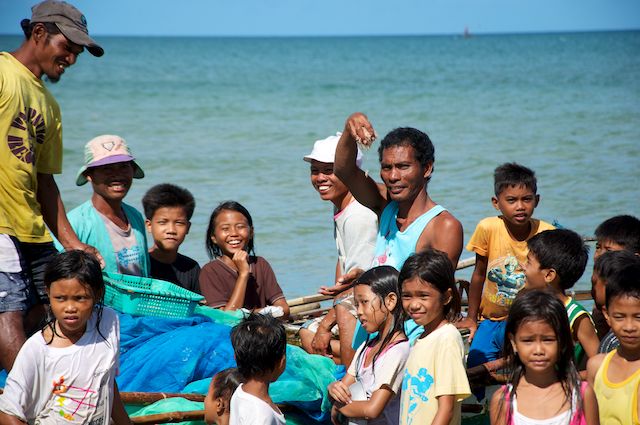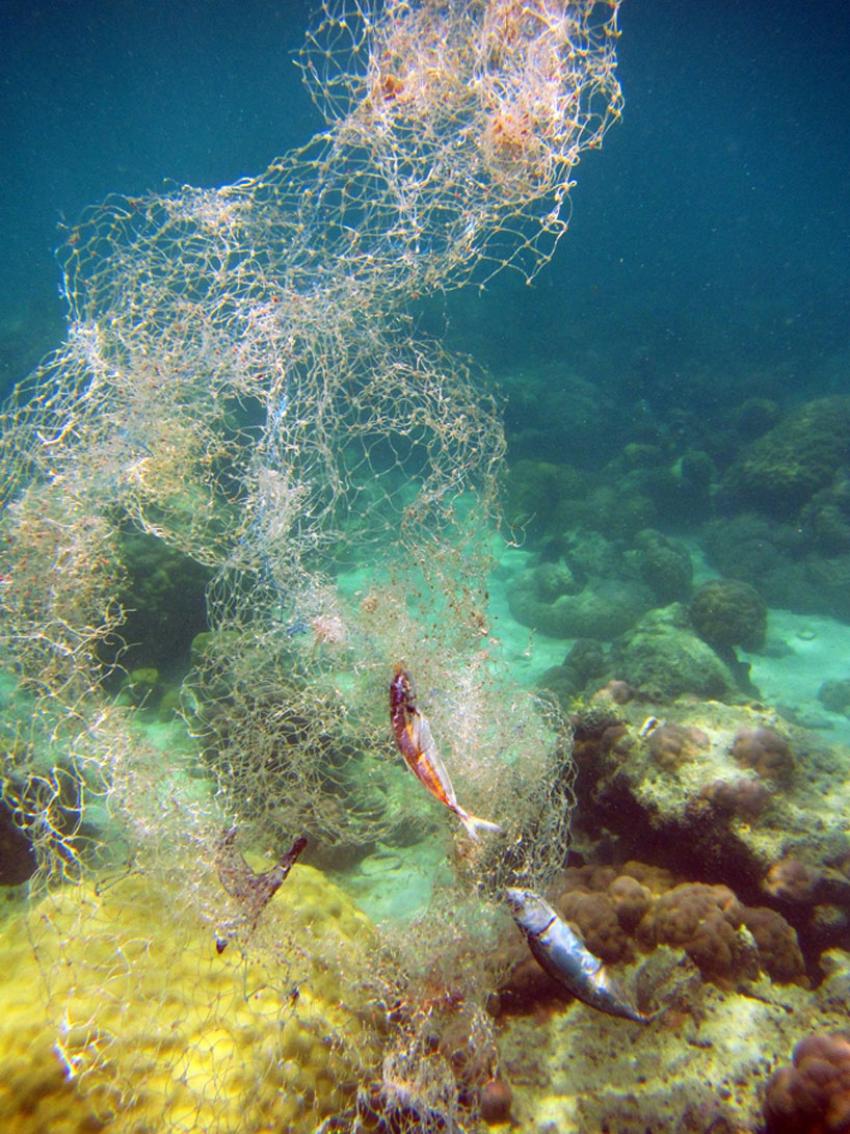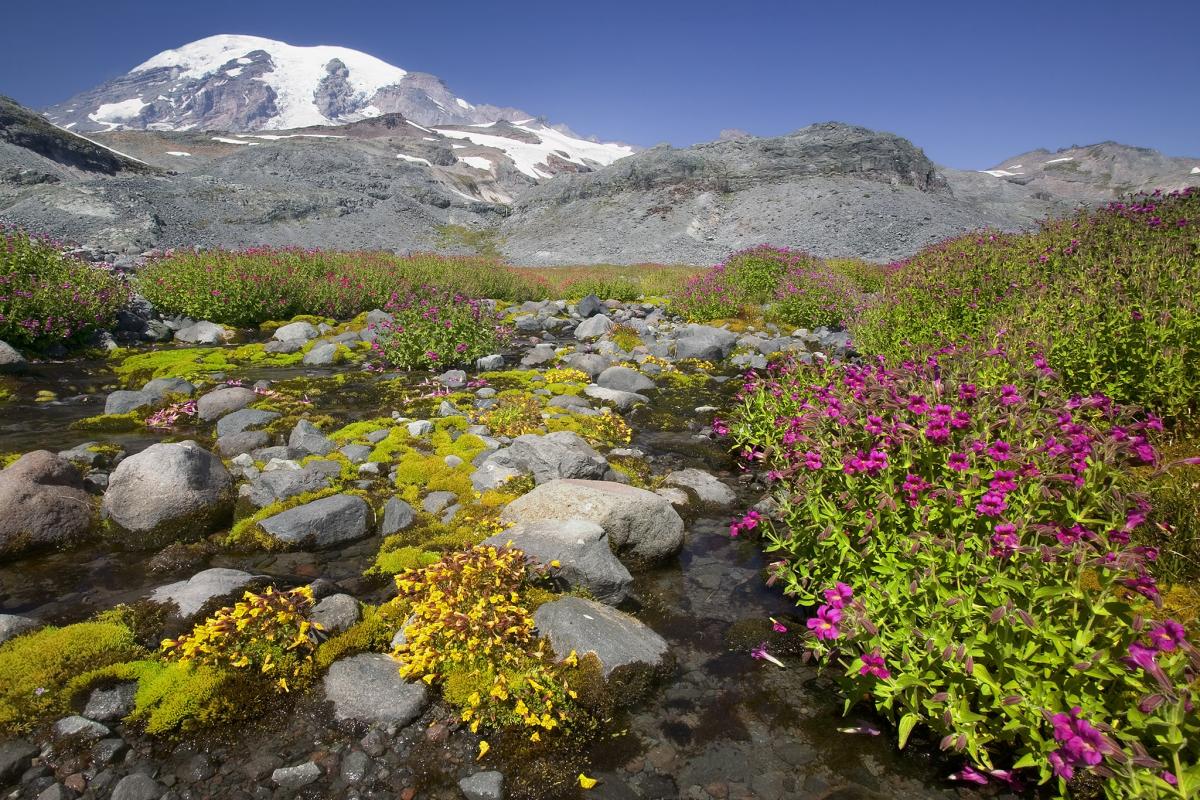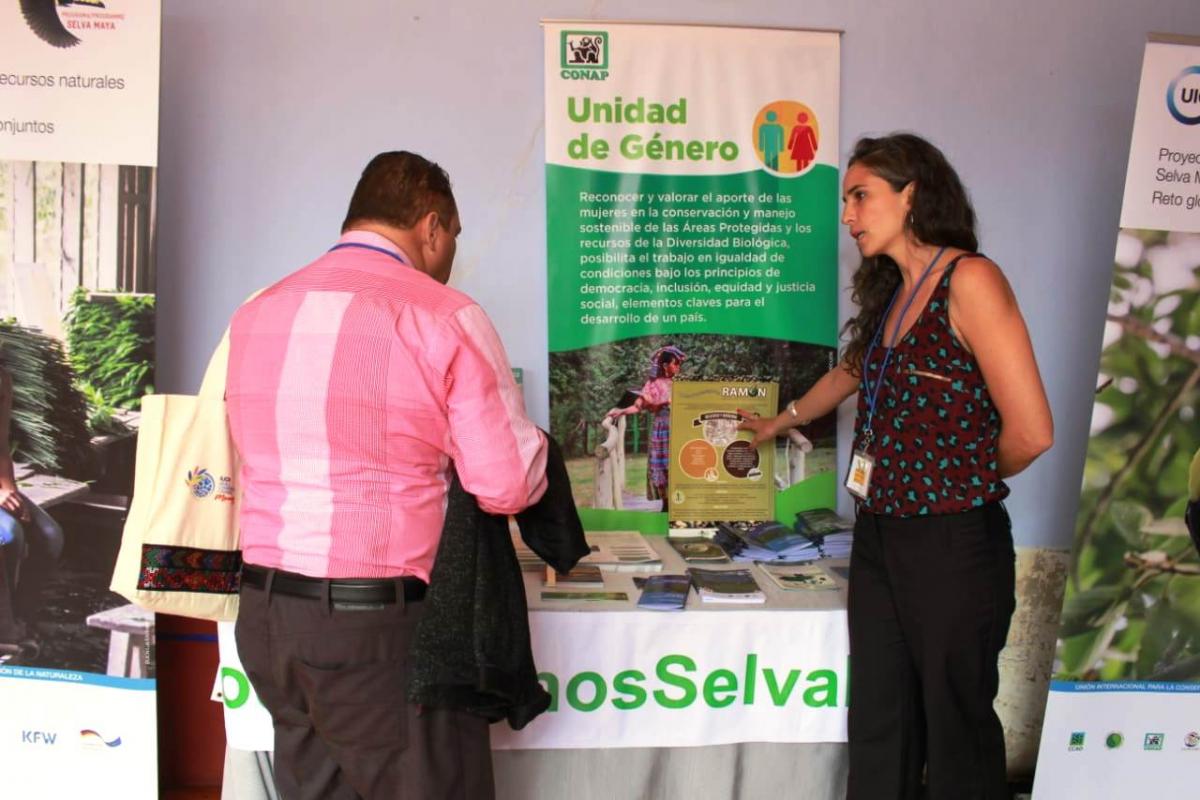Safety net: climate change response and recovery in northern Panay, Philippines
Typhoon Haiyan wrought destruction in the Philippines exactly three years ago, in November 2013. The island communities of northern Panay were particularly hard-hit. Recovery efforts relied heavily on coastal resources, and especially on fish for subsistence survival, yet boats, nets and other infrastructure were largely destroyed.

Photo: Valerie Batselaere
Fortunately, a number of small marine protected areas, including a 700-hectare closed reef, had been managed collaboratively by several villages near Carles township. These MPAs helped ensure that emergency resources were available to the people in the aftermath of Haiyan’s devastation. However, after initial relief, even though progress towards recovery had been made, putting effective management back in place became a challenge.
Illegal fishermen from towns and villages further away often came at night to illegally fish using cyanide and damaging trawling techniques. This robbed the local villages of their rights and resources, critical to their survival.
However, in the village (barangay) of Punta Bolocawe, a group of community rangers, self-labelled as “sea rangers” (bantay Dagat), supplement their own fishing excursions with patrols and monitoring for illegal activity. Supported by the local authorities and collaborating with legal and justice departments, the sea rangers’ vigilance is paying dividends. Important local species are returning and are exceeding the levels from the days before Haiyan’s destructive wake.
 Photo: Net-Effect
Photo: Net-Effect
Linked to management of mangroves and marine protected areas, five villages in northern Panay are working in partnership with Net-Works, an innovative financing measure that helps to support local livelihoods and engage community members in the management of mangroves and their local marine protected areas.
Net-Works is an initiative of Interface and the London Zoological Society (ZSL). It tackles the growing problem of discarded fishing nets in some of the world's poorest coastal communities. The programme has established a community-based supply chain for collecting these nets in rural coastal areas such as northern Panay in the Philippines. Nets are shipped to Slovenia, where they are recycled into nylon yarn used to create beautiful carpet tile. (Learn more about this case study on the PANORAMA platform).
Five villages, Loong, Tambaliza, Talotoan, Igbon and Bay-ang, collected 3,300kg of discarded nets in an 18-month period to September 2016 (read the article). The income received from this community venture is helping provide a critical safety net, as well as ensure that local marine and mangrove resources are helping people cope with the challenges of a changing climate.
 Photo: IUCN
Photo: IUCN
This article is part of the inspiring places series for the Protecting the Planet newsletter.



